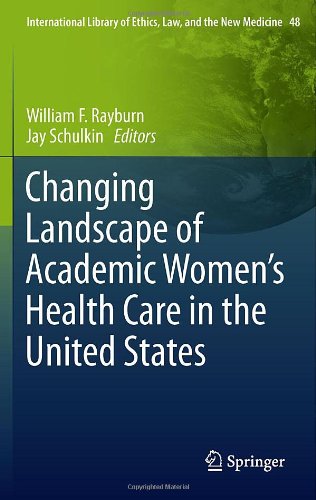

Most ebook files are in PDF format, so you can easily read them using various software such as Foxit Reader or directly on the Google Chrome browser.
Some ebook files are released by publishers in other formats such as .awz, .mobi, .epub, .fb2, etc. You may need to install specific software to read these formats on mobile/PC, such as Calibre.
Please read the tutorial at this link: https://ebookbell.com/faq
We offer FREE conversion to the popular formats you request; however, this may take some time. Therefore, right after payment, please email us, and we will try to provide the service as quickly as possible.
For some exceptional file formats or broken links (if any), please refrain from opening any disputes. Instead, email us first, and we will try to assist within a maximum of 6 hours.
EbookBell Team

4.3
88 reviewsSince 2005 a dozen states and more than 15 specialties have reported a physician shortage or anticipate one in the next few years. This anticipated shortage and a worsening of physician distribution are compounded by a projected increased demand for women’s healthcare services.
Women’s healthcare is particularly vulnerable, because the obstetrician-gynecologist workforce is aging and is among the least satisfied medical specialists. Furthermore, fellowship training in women’s healthcare in internal medicine and in maternal child health in family and community medicine involves only a small portion of general internists and family physicians.
In response to this challenge, the Association of American Medical Colleges called for an expansion of medical schools and graduate medical education enrollments. As we cope with significant and rapid changes in organizations and reimbursement, academic departments of obstetrics and gynecology, family and community medicine, and internal medicine have opportunities to create a unified women’s health curriculum for undergraduate students, share preventive health and well-woman expertise in training programs, provide improved continuity of care, instill concepts of lifelong learning to our graduates, and better develop our research programs.
This volume’s chapters focus on strategic planning on behalf of academic faculty who will train the anticipated additional load of students, residents, and fellows in women’s healthcare.
-changing demographics of faculty
-expanding roles of clinician educators
-physician investigators and their future
-the hidden value of part-time faculty
-faculty salaries
-required skillsets of academic leaders
-the meaning of tenure and faculty satisfaction and retention.
Recommendations presented here from authors with distinguished leadership skills indicate a consensus, but not unanimity. In furthering these goals, we summarize in the final chapter our collective expertise and offer ways to implement recommendations to better prepare for tomorrow’s needs in academic women’s healthcare.